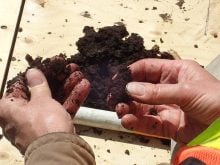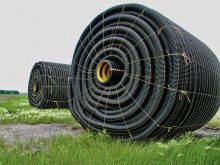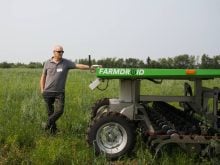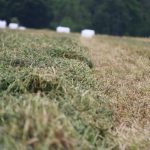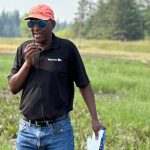When the Manitoba Organic Alliance first looked for a vegetable farmer who was using cover crops, it struck out.
It had to convince Jeff Veenstra of Wild Earth Farms in the RM of Springfield to try the idea.
“Honestly, I probably would not have done it this year had I not known that there’s going to be a bunch of people coming to look,” said the Oakbank-area farmer, speaking to a group of farmers and interested onlookers during a June 27 field tour hosted by MOA and the Young Agrarians.
Read Also
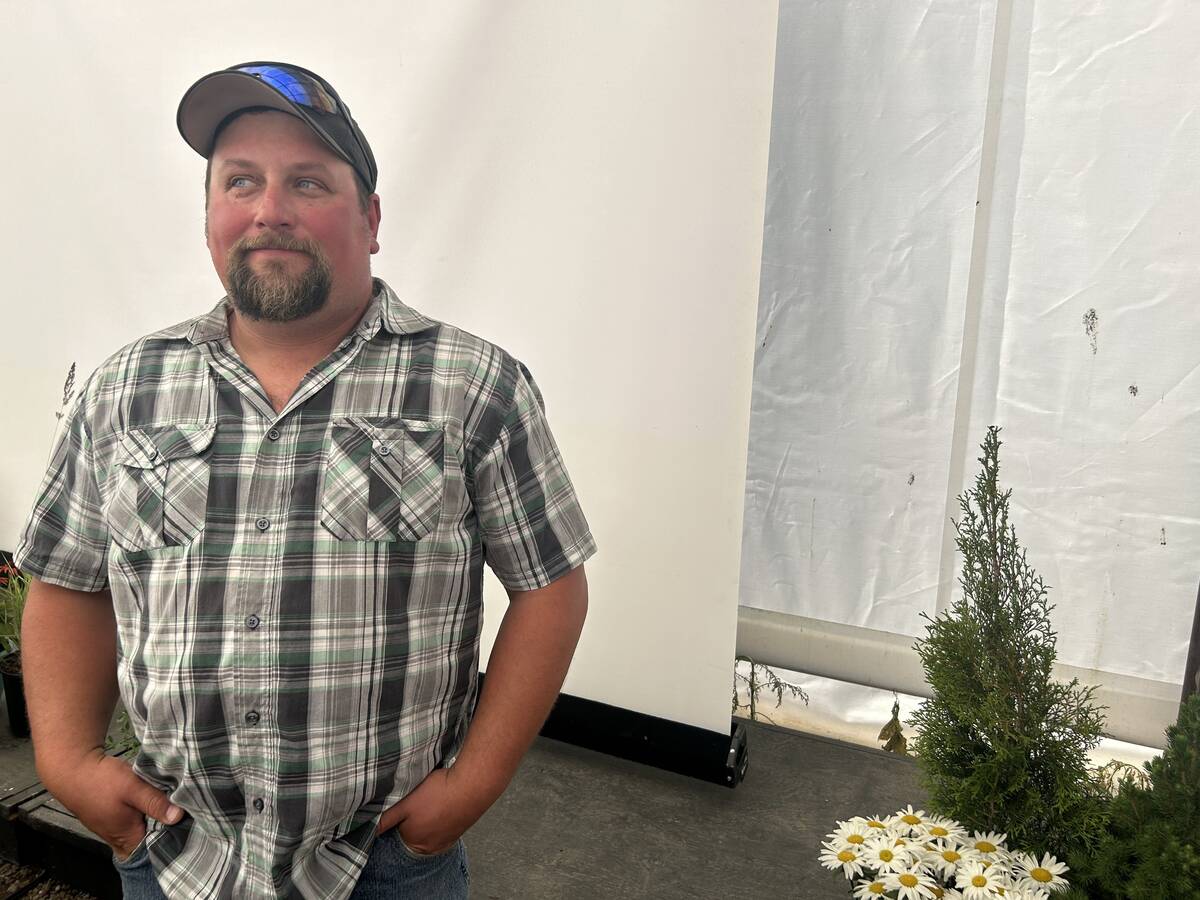
Three paths of rengerative agriculture
From integrating livestock to grassland financial incentives to precision grazing, Canadian farmers are searching for practical paths to marry farm resilience with profit
Why it matters: Cover crops can compete with weeds and replenish soil nutrients.
Veenstra’s foray into cover cropping was linked to the Farmers for Climate Solutions Farm Resilience Mentorship (FaRM) program, a farmer-led initiative to connect farms with established regenerative practices, like cover cropping, with those considering adoption.
Veenstra isn’t a mentor yet, this being his first crack at cover crops, but MOA executive director Marika Dewar-Norosky said his farm falls within the spirit of FaRM.
“That was the goal with this program. If we couldn’t find a community of people already doing it to offer guidance, then let’s get someone new to try it and bring people along on that journey,” she said. “Jeff has been so open to doing that. It’s been wonderful.”
Wild Earth Farm is not certified organic. That didn’t matter much to MOA when it approached Veenstra.
“We really consider cover cropping and nitrogen management (as) organic principles,” said Dewar-Norosky. “So even though Jeff’s farm is not a certified organic farm, he’s trying to implement organic principles, and that’s our mandate.”
Cover cropping discussions in Manitoba have largely targeted the grain sector, where it is adopted for soil health or agronomic benefits, and farms with livestock for soil health and extra forage potential.
The discussion has also occurred in organics and among proponents of regenerative agriculture, not all of whom count themselves as organic.
MOA specifically wanted to extend the discussion into horticulture and the vegetable sector so it needed someone with expertise and knowledge in vegetable production. Dewar-Norosky contacted DirectFarm Manitoba and the Young Agrarians, which is a network of new or young producers interested in organic and regenerative agriculture.
Justin Girard had just left Direct Farm Manitoba to become a program manager with the Young Agrarians. He had met Veenstra at a farmers market and suggested him to the MOA.
“We have a contract with him to help cover the cost of this cover crop seed,” said Dewar-Norosky. “We paid for all of the soil testing so that, in exchange, we could do this test plot and tour at his farm.”
Veenstra was interested in cover crops but hadn’t tried them.
“For 13 years, I’ve made it this big thing,” he said. “I’d always think about it and then never actually do it. In the end, it really wasn’t hard.”
The test plot covered two-acres of his 20-acre farm. He decided on annual ryegrass mixed with hairy vetch for his cover, applied at roughly 50 pounds an acre for the ryegrass and 25 lb. an acre for the legume. Seed cost for the project was around $170 an acre.
He hoped the ryegrass, known to produce compounds that inhibit germination of some other plant species, would help control weeds. The vetch was chosen for its nitrogen fixation. His gamble was that the ryegrass wouldn’t be so competitive that it became problematic.
After delays from June’s persistent rain, he seeded the plot June 17. The ryegrass was up by June 24.
The weather consistently pushed the cover crop to the back of his priorities, Veenstra noted. Any time there was a window for seeding, he was planting his main crops.
Late seeding has also meant a more difficult weed battle. Although he was able to get weeds worked up, he waited for drier conditions before seeding the cover crop. Normally, that would take a couple of days. This year, it took weeks and moisture allowed the upturned weeds to keep going.
Weeds are a reality, Girard noted.
“It’s totally going to happen. The idea is that you’re going to mow the whole thing, and the ryegrass is going to grow back a lot faster, and hopefully you’re going to hold back those weeds from setting seed.”
Veenstra also ran into equipment issues. He had intended to use a direct seeder but ended up broadcasting instead. Ideally, he would have harrowed afterward, but his harrow was unavailable.
“I just took a 24-foot cultivator and I just skimmed the surface,” he said. “It’s not as precise as a harrow, and I was nervous that it was going to bury the rye grass too deep and, at the same time, not bury the hairy vetch deep enough.”
Now, he waits for the results.
“Time-wise, to drive, get the seed and plant, it took two hours,” said Veenstra, which he considered a minimal time investment.
Despite delays, Dewar-Norosky said she is pleased with how the trial has gone so far and happy the project has meshed between the needs of the farm, the MOA and Young Agrarians.
“Young Agrarians do a lot of programming in vegetable productions, because that’s where a lot of young agrarians can find space to start growing,” she said. “So it really fit (the farm’s) mission in that facet, and it really fit ours in trying to target the new audience.
-Updated July 16. Specifies that the FaRM program is an initiative of Farmers for Climate Solutions.






